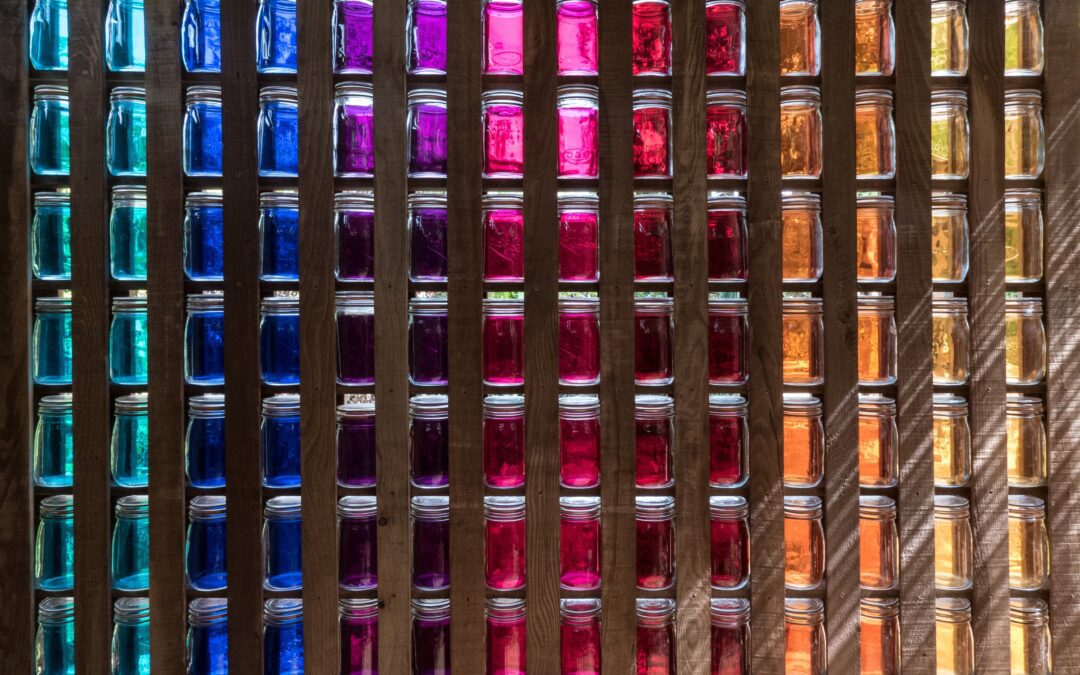Colorantes artificiales
¿Qué te parece una buena bebida gaseosa de color rojo intenso? Suena refrescante, cierto, pero puede que no esté tan bien como sabe en un día caluroso. Los colorantes artificiales son los responsables de que las bebidas, los dulces y los productos horneados sean tan atractivos. A veces se utilizan incluso en el salmón, los aderezos y los medicamentos. Y, lamentablemente, los mayores consumidores de ellos son los niños. Estos tienen afirmaciones bastante fuertes sobre lo buenos o malos que son para nosotros. Así que la próxima vez que te apetezca tomar una bebida verde neón, pensemos en lo que ocurre dentro de nuestro cuerpo.
Los colorantes alimentarios son sustancias utilizadas para embellecer los alimentos o las bebidas. Se remontan a 1856, cuando se hicieron por primera vez con alquitrán de hulla. Ahora se hacen con petróleo, y a lo largo de la historia se han desarrollado millones de ellos, pero se ha demostrado que la mayoría son tóxicos. Quedan algunos que siguen siendo “comestibles” hasta el día de hoy. Aunque me gustaría decir que la FDA (Food and drug administration) y la (EFSA), han dicho que estos no significan ningún daño significativo para nuestros cuerpos. Pero algunos de estos colorantes están permitidos y se venden en un país y están prohibidos en otro, lo que causa confusión y controversia. Los más populares son el rojo 40, el amarillo 5 y el amarillo 6. Los estudios han demostrado que cuando se eliminan los colorantes de la dieta de los niños con TDAH, sus síntomas se reducen significativamente. Y en los niños sin TDAH, cuando se les administran colorantes alimentarios, empiezan a presentar síntomas de hiperactividad. El azul 2 y el rojo 3 son los que han sido catalogados como los colorantes más dañinos de todos. Están relacionados con cánceres como el de tiroides y el cerebral.
Aunque hay pocas pruebas que los relacionen con el riesgo de cáncer, a excepción del rojo 3 y el azul 2, es mejor mantenerse alejado de ellos. Intente cambiar a colorantes naturales como la remolacha, el guisante mariposa, etc. O, en el mejor de los casos, evite los tintes a toda costa, intente cambiar a alimentos más sanos, limpios y completos que no necesiten tinte. El tinte es pura estética, busca la nutrición siempre, la apariencia no significa nada, infórmate y elige lo mejor para tu cuerpo. De todas formas todo acaba en la misma forma…
Food dyes
How about a nice fizzy bright red drink? Sounds refreshing right, it might not be as good as it tastes on a hot day. Artificial dyes are the responsible ones for making your drinks, sweets, and baked goods so appealing. They’re sometimes even used in salmon, dressings, and medications. And sadly, the biggest consumers of these are children. These have pretty heavy claims on how good or bad they actually are for us. So next time you feel like having a neon green drink, let’s think what happens inside our body.
Food dyes are substances used to embellish food or drinks. They go all the way back to 1856 when they were first made from coal tar. Now, they’re made with petroleum, and throughout history, millions pf these have been developed, but most of them have been proven to be toxic. There remain a few that are still “edible” to this day. Although I would like to say the FDA (Food and drug administration) and the (EFSA), have said these mean no significant harm to our bodies. But some of these dyes are allowed and sold in one country and banned in another, which causes confusion and controversy. The most popular are Red 40, Yellow 5, and Yellow 6. Studies have shown that when dyes are removed from the diets of kids with ADHD, their symptoms reduce significantly. And in those kids with no ADHD, when given food dyes, they started to present symptoms of hyperactivity. Blue 2 and Red 3 have been the ones that have been catalogued as the most harmful dyes of all. They are linked to cancers like thyroid and brain.
Even though there’s little evidence linking these to cancer risk, with the exception of red 3 and blue 2, it’s better to stay off them. Try switching to natural dyes like beet, butterfly pea or etc. Or in best case scenario, avoid dyes at all costs, try switching got healthier, cleaner and more complete foods that don’t need dye. Dye is pure aesthetic, strive for nutrition always, appearance means nothing, inform yourself and choose the best things for your body. Everything ends up in the same form anyways…

